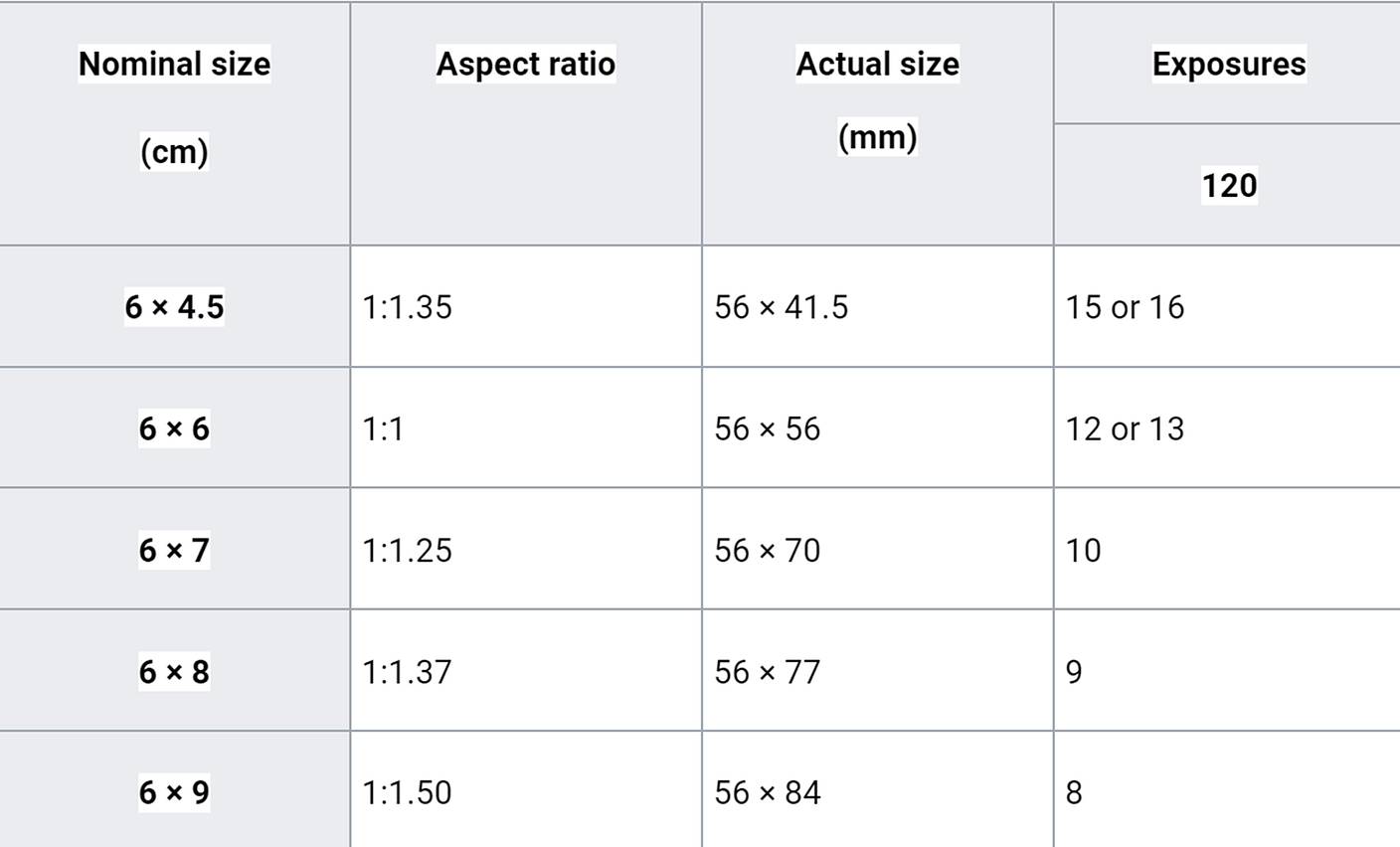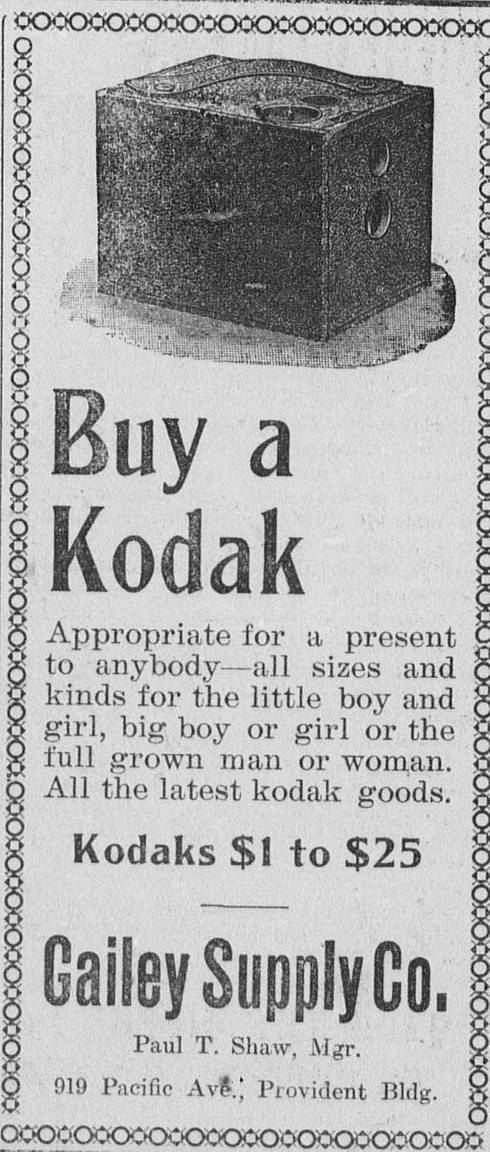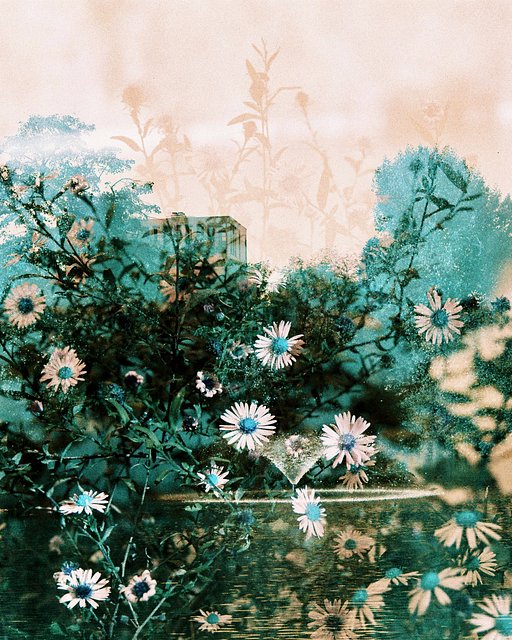120 Film: The History and Characteristics of Medium Format
6 Share TweetLovers of analogue will know that in the past the variety of film formats available were vast compared to these days, where there are mainly just four different film formats available for photographers, the most common being the 35 mm film.
The second most widely used today is 120 medium format film. When we talk about film formats we’re describing the particular characteristics of a photographic film. The primary features are its size and the kind of spools it comes in. 120 film has an interesting story. It is a common mistake to think that 120 has the same meaning of 35 mm, which refers to the size of it's frame, but in fact it is a far more interesting story.
The History of 120 Film
Nowadays, 120 is commonly known as medium format. This film was introduced by Kodak in 1901 for their Brownie No. 2. Back then, Kodak named each film according to their camera's design. When it became difficult to manage their system it changed, and names were given by following the sequencing of their products: the Brownie was their 20th camera, therefore 1-20.
Many more film formats were available on the market, but those that survive today are mainly 110 film, 35 mm (or 135), 120 medium format, and large format sheet film.
Even though we now consider medium format an advanced format for analogue shooters, back then, packaged for the Brownie N.2, this film and its camera revolutionized photography by making it accessible to the masses, where everyone was encouraged to pick up this new hobby .
Sold for 1 dollar for the camera box and 0.15 cents a film, which is now roughly equivalent to $30.88 for the camera and $4.63 for film stock, it came loaded with a 100-exposure roll of film. After you had taken all your pictures, the entire machine was shipped back to the factory. The camera was reloaded and returned to the customer while the first roll was being processed.
As progress advanced, 120 was surpassed in this role by 35 mm film, becoming the favorite consumer format film. Still, 120 has survived to this day as the only medium format film.
Technical Specifications
Coming in approximately 61 mm wide and 820 mm in length, the film is attached to a piece of backing paper longer and slightly wider than the film for protection from the light. The extra length will allow the loading and unloading of the roll in daylight without exposing the film. 120 film has no sprocket holes, therefore, the whole surface of the negative is exposed to the light.
On the backing paper, the frame numbers mark three standard image formats (6×4.5, 6×6, and 6×9) depending on the camera you use. Rolleiflex is 6x6, as it is the Lubitel 166, Diana F+ and Lomo LC-A 120 for example, while Mamiya is 6x4. Many cameras come with a fixed lens, usually around 80 mm focal length, corresponding to an equivalent of 50 mm to 40 mm (on average) on 35 mm films.

Do you shoot medium format? what is your favoutite medium format camera? Share your thoughts in the comments below.
written by eparrino on 2023-10-01 #gear #medium-format #120-film #film-formats #120-medium-format-film #film-size



























No Comments